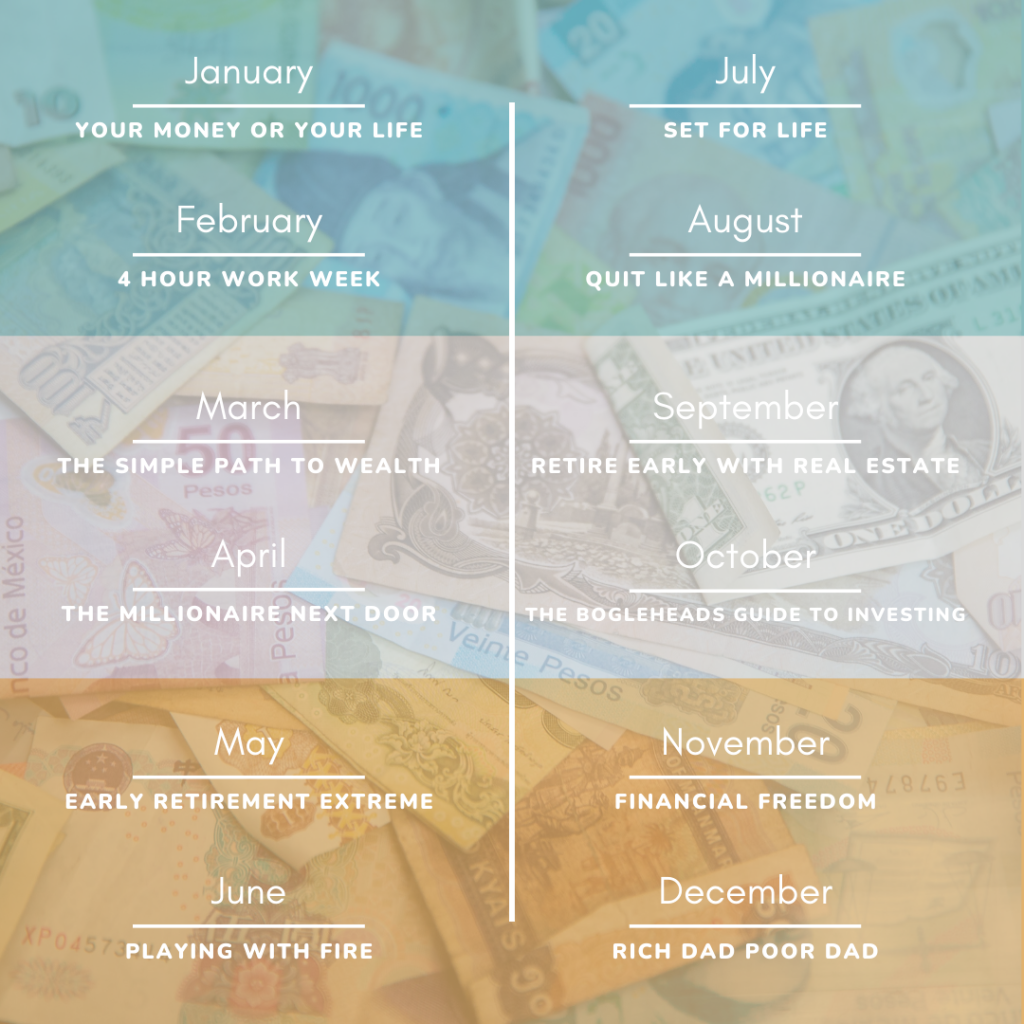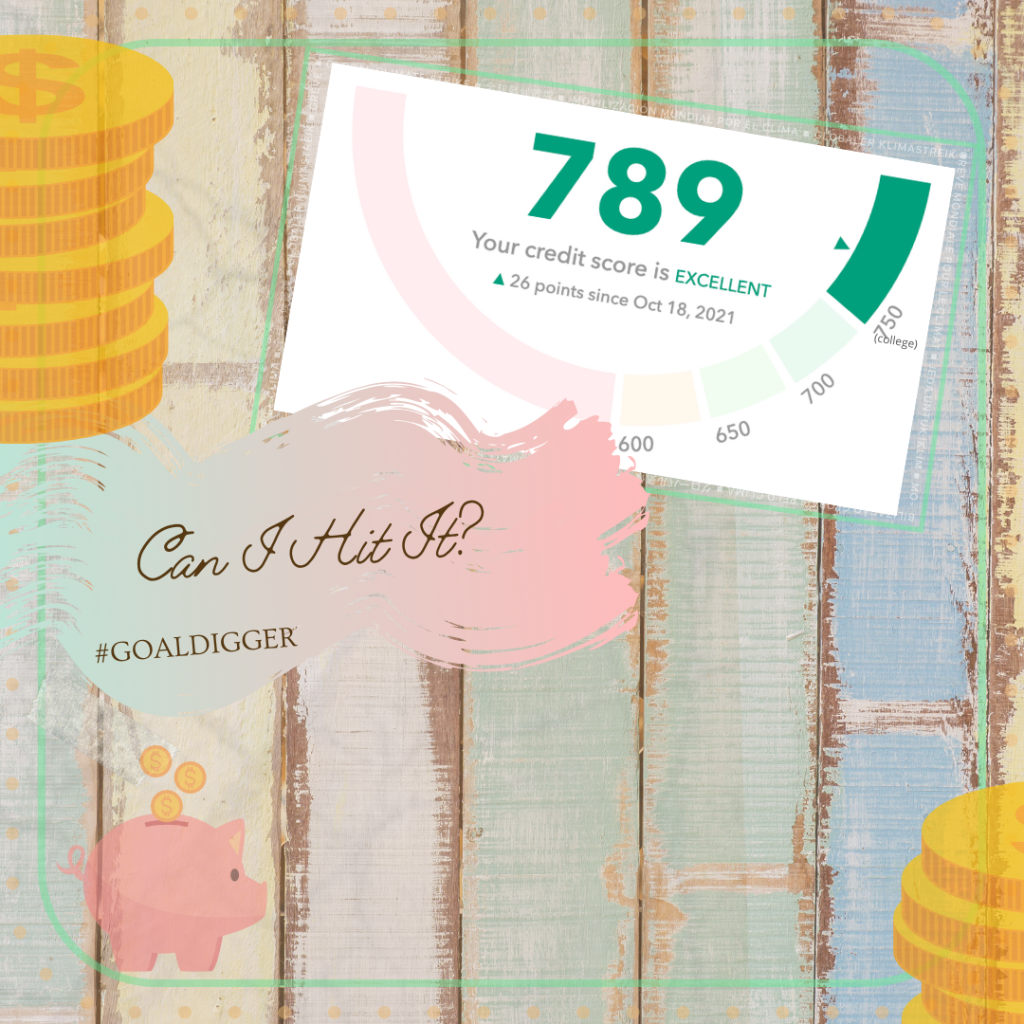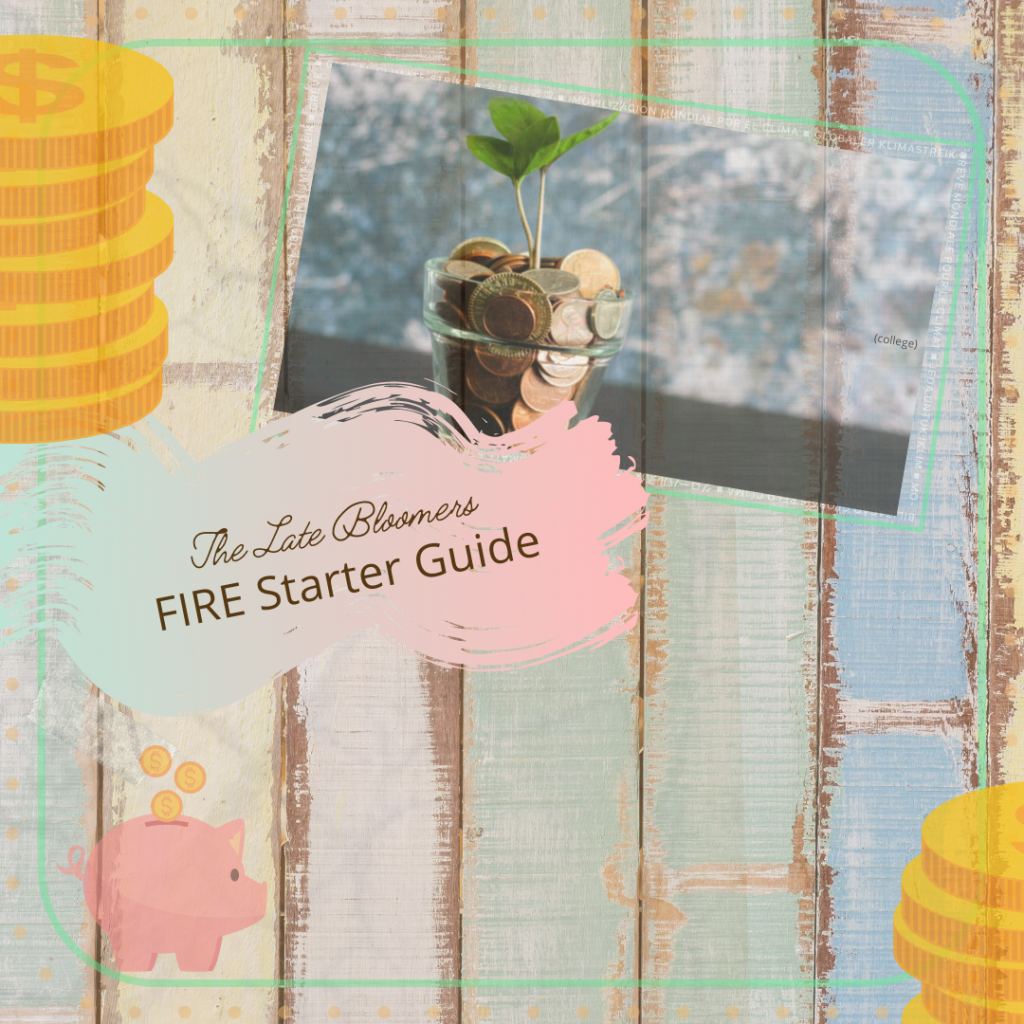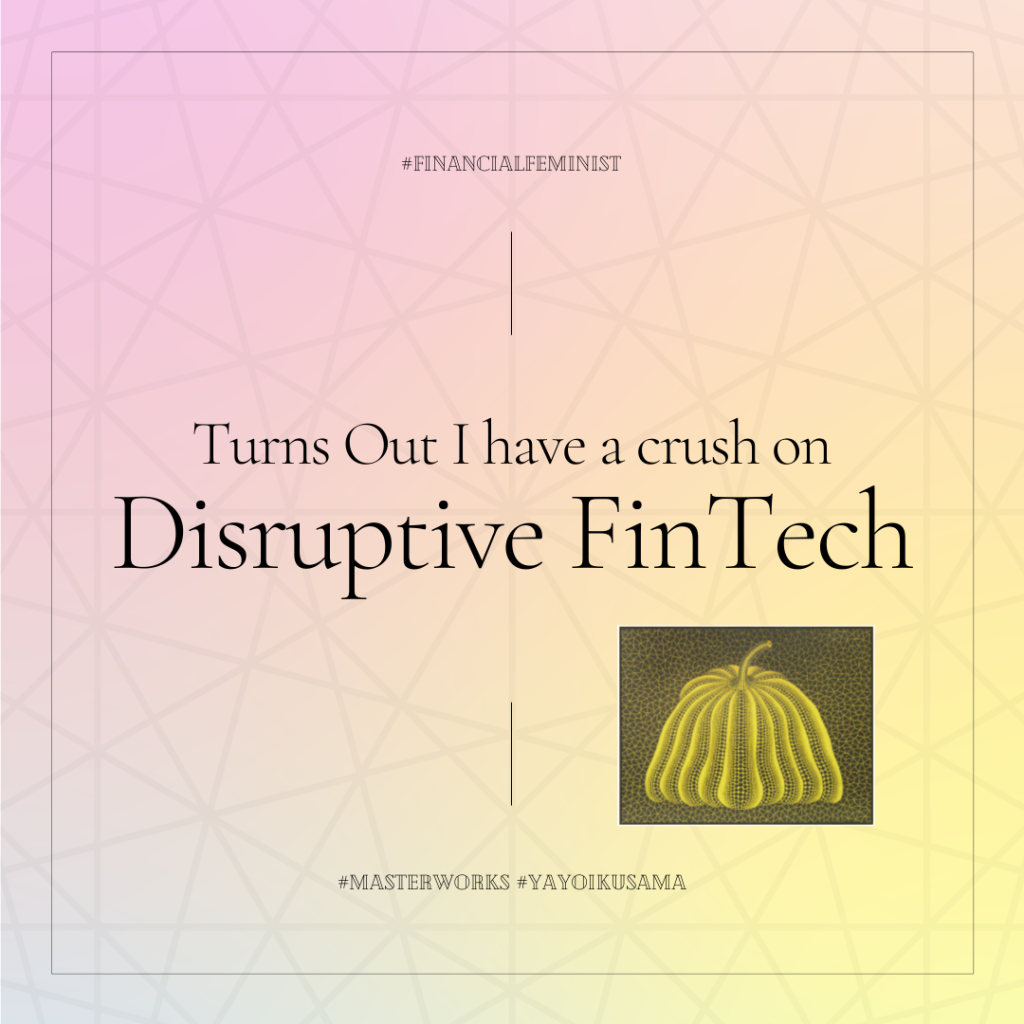Tag: fi
FI BOOK CLUB

I am planning to read 12 books around financial independence in 2022, 1 per month, and am going to host a book club to discuss the book of the month on the 4th Friday of each month. I am in California, USA, and planning to do this from 7-8:30pm PST. If you can make it, DM me your email address and I’ll add you to the google cal invite! The books I’ve chosen are in the next image. Hope everyone is ready to claim abundance in 2022! 💸

Can I Hit It?

For my 2020 goals – I put something on there I couldn’t completely control. I wanted to hit a specific number on my credit score. If you have ever looked into this topic you know this is mainly in the hands of the 3 major credit score companies, and even they don’t agree. Then there are all the new spinoffs like FICO and Vantage Score, so why would I try to make this a goal?
As my financial IQ has increased, I see ways I could improve this area, even if I didn’t have total control of it. In 2015 I made a commitment to be debt free. In 2018 I discovered the FIRE movement. I started crushing my debts and learning about personal finance. The momentum was building. Why not make this goal? It’s not like anything bad would happen if I didn’t accomplish it. Worst case scenario, it would just plateau or grow more slowly than I’d prefer. No big deal. At least it wouldn’t go down because I was finally making smart financial decisions. No way that could happen with all of the positive forward momentum I had…right?
In December 2019 my credit score had just hit 700. I made a goal to hit 800 by December 2020. It seemed like it was ticking upward pretty quickly in spite of my former delinquent years with my successful course correction. I had all of my payments automated, no more late fees, I was becoming solvent. Let’s do this. I was pumped!
I checked it every month and it increased every month as expected. January 713. March 748. May 764. “Oh!”, I thought, “I’m going to hit this sooner than expected”. June 738. Wait, what? OK. I took out an interest free credit card to transfer the remainder of my car loan balance. Just a snag. We’ll be back in a minute. Yep, back to going up. August 766. October 769. By December it was back down to 762 because I paid of the car loan and the account fell off my history. I also paid off the zero interest credit card that I transferred the balance to. I don’t agree with the math behind these systems because the way it formulates negative points for good behavior like paying off a loan, but whatever. I didn’t hit my 800 but my score went up 62 points in 2020 and that was still fine by me, so I decided to try again for 2021.
Of course now I am starting with 62 more points than the year before with the same goal so I bump it up to 825 for 2021. Seems reasonable, right?
January 789. OH. OK. Nice start. So I get confident and forget to record the next few months. May 753. UGH. What a blow. I bought a new property, and did a cash out refi on my other mortgage. FINE. I decide to ignore it again for a few more months. I’m too busy crushing goals to babysit this thing, and I know it will come eventually. I’m going to break 800.
Once in a while I check in. It’s up. It’s down. Minimal changes are happening in this yoyo period, like 3 or 4 points each time. The annoying part? It’s on that line between good and great or great and excellent. So I have a glimmer of excellent and then it falls back again. You’re excellent! You’re NOT. Don’t look at it. Just put it away and hope for the best.
Finally I gain traction again in September, 763. October 789. “Wow!”, I think, “I may really hit 800 this time!” I look back on my notes. Right. I had 789 in January when I started so I’m just back at square one 10 months later. OK. Come on home stretch, give it to me this time. It’s just 11 little points. Please!
Then I look at my New Years Goals. Oh Yea. I upped the anti to 825. Well. Hmm. I have no idea if I’ll hit 800 or 825 but here’s to mega manifesting. Can you please send some good juju my way?? Girl just wants to get in that 8xx zone already!
There are 2 more updates before the end of the year. Do you think I’ll hit 800? 825? Somewhere in between or not even close? Would love to hear your bets!
ps Prior to taking control of my finances circa 2015, I had a very low credit score (in the 300s for a while), delinquent loans (went through a loan rehabilitation program), and delinquent credit cards (creditors called me on the reg). If you think this isn’t possible, I’m here to tell you it can be done. Keep reading. Keep learning. Keep stashing. You got this!
Want more ideas about New Years Resolutions? Check out: New Years Manifestations
The Late Bloomers FIRE Starter Guide

I was a late starter and have made a complete 180 in the past few years after I had an aha moment. I was struggling and feeling my age and health issues creeping in and started to not be able to keep up.
First I read Rich Dad Poor Dad to get some financial IQ and found it fascinating because while I expected a boring finance 101, it is more a narrative about money mindset and what we initially learn and build our actions around depending on the wealth we are or are not born into.
Richest Man In Babylon is another good read and also available as audiobook, free on YouTube.
Soon after I read these I discovered the FIRE Movement which largely focuses on Index funds and/or real estate, typically. Vanguard is actually member owned so their rates are lowest, and Jack Bogle (vanguard founder and philanthropist) was the one to create the Index fund solution, which holds a broad range of companies. This is best optimized through IRA, 401K, and HSA since they are tax advantaged accounts and lower your tax burden. The trick is to optimize the accounts through indexing after the money is initially added to them. I learned late that if you work for yourself you can contribute to 401K as both the employee and the company owner. When I was freelancing I always thought you needed a jobby-job for 401K, but nope.
Using mint.com to get real with my spending and expenses was unexpectedly eye opening. I thought I was frugal but I found lots of holes in my spending, so I developed a budget which in itself was liberating, and allowed me to increase my savings rate, even when I thought I had no room to budge. Next I started using Acorns to round up my pennies every time I swiped for purchases. This was extremely helpful when I didn’t have anything to spare for savings. Seeing this account grow was really motivating and eventually I was able to increase it to save $20 / month then $100 etc. Combining this with checking my mint account to keep an eye on mindless spending (even if it was cheap stuff) really helped me re-prioritize.
What I like about the FIRE movement is you don’t have to pay an advisor who typically skims the top and takes so much more than you realize, all for something you can do yourself with some self directed edu. Once you learn the basics it’s not as daunting as it seems and it’s pretty straight forward. If I can learn it, anyone can, as cliche as that phrase is, it’s genuinely valid. I had no clue, came from extreme poverty and was placed in the system at a young age. This journey has been very enlightening. It’s surprisingly accessible to all walks of life, but it is definitely not mainstream knowledge.
Some really helpful podcasts, websites, and IG accounts that have helped me immensely are below. All are BIPOC and/or Women Owned.
Afford Anything
HerFirst100K + Financial Feminist
Millennial Revolution (insightful at any age)
A Purple Life
Our Rich Journey
Rich + Regular
The next step in my personal journey is to learn more about sustainable investing. Ellevest is created by women for women and has tons of free resources on their IG FEED, and the ETF “VOTE” is supposedly driving activism through their investment platform.
Even before getting into investments, HYSA, High Yield Savings Account – is a better way to save. Building a 3-6 month emergency fund is an important step to protect your future and keeping it in HYSA will grow your stash. Rates were much higher pre-pandemic and are taking their sweet time getting back up to those rates. but currently CIT, Amplify, and Chime are doing well. You can get an HYSA at many credit unions as well. Here’s Nerdwallet’s Report for 2021 HYSA.
Nerdwallet is a good way to stay informed, and Investopedia is a great learning tool as well.
A few notable Nerdwallet articles:
Learn how to invest in Black-owned businesses and green companies.
LGBTQ Financial Planning Guide.
I know this is a lot of info for a primer but it’s worth the rabbit hole to be able to course correct and give yourself a real safety net. I hated money my whole life until my body started to break down. At the end of the day I have come to believe that money is a tool, or an energy. It isn’t inherently evil or inherently good. I got tired of not having enough to share and felt like I was only hurting myself in the end.
While the system is undoubtedly fckd, there are strategies that allow people to ethically help themselves and help each other. I try to focus on using monetary energy for good, growth, charity, and community.
Everyone deserves prosperity.
Turns Out…

Turns out I have a crush on disruptive #fintech. So I purchased my first art investment through #Masterworks.
My first investment is in Pumpkin, 1990 by Yayoi Kusama. It was very exciting to be able to play a part in uplifting a female artist, and an asian artist. White men have dominated art history and women often had to hide under a male sounding name in the creative arts or be written out entirely. As the Guardian puts it:
“One of the startling things … is the way that Kusama seemed to be written out of pop art history. There was a point in the 60s when she shared almost equal billing – and notoriety – with the likes of Andy Warhol and Claes Oldenburg. Part of this eclipse seems to have been by design – Kusama has long claimed that her original ideas were appropriated by the Wasp-ish men around her and passed off as their own.1
Yayoi’s personal history is fascinating and her renaissance coming full circle in her 80s is exciting to watch.
Also, Masterworks is disrupting the concept that Blue Chip Art is for the ultra wealthy alone, to be hidden in private auctions in some kind of circle jerk. Look, I’m not going to say I understand why one piece sells for $7 million and another is $25 at a coffee shop, but I do like the idea of expanded accessibility. This is essentially a crowdfunding platform that facilitates investments with fractional shares via a blockchain solution.
According to The Wall Street Journal, in 2018, artwork returned an average of 10.6% return versus a 4.38% loss in the S&P 500.2 So that’s not nothing. Now I am a FIRE gal and I love the security of #indexfunds so don’t worry I haven’t fully strayed, but putting a chunk into @masterworks.io is just another way to diversify as far as I’m concerned. Frankly I threw money away on much greater risks with no potential returns when I was young and hungry, so don’t @ me. This is interesting and I want to see where it goes.
How about you? Have you tried something new and edgy lately?
